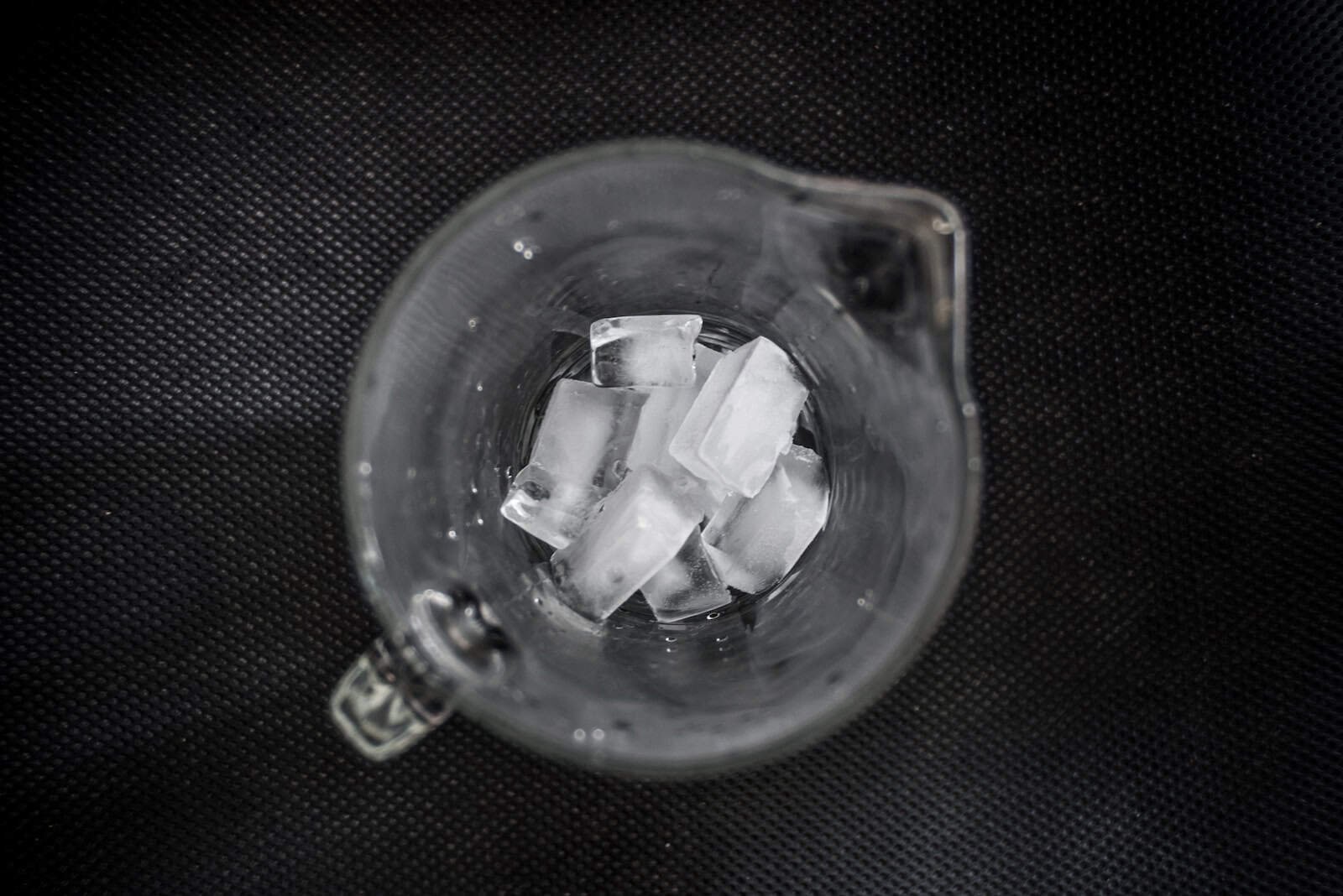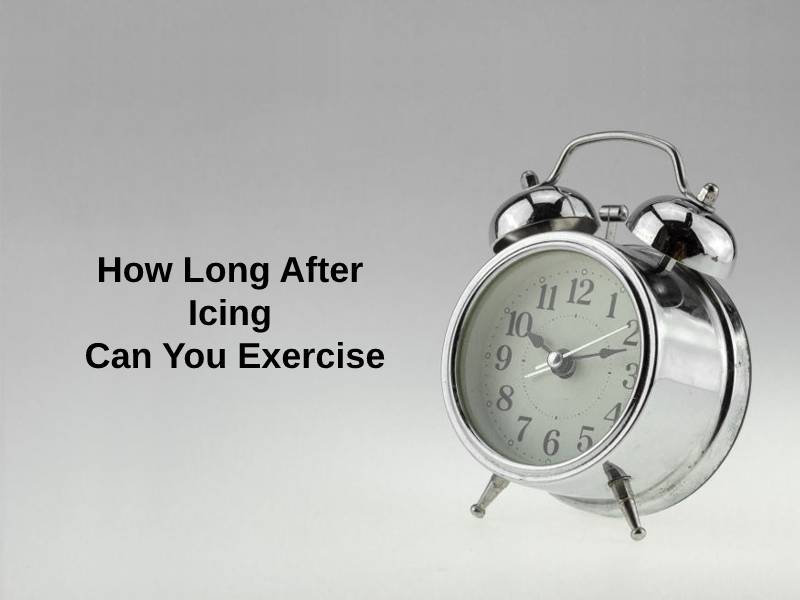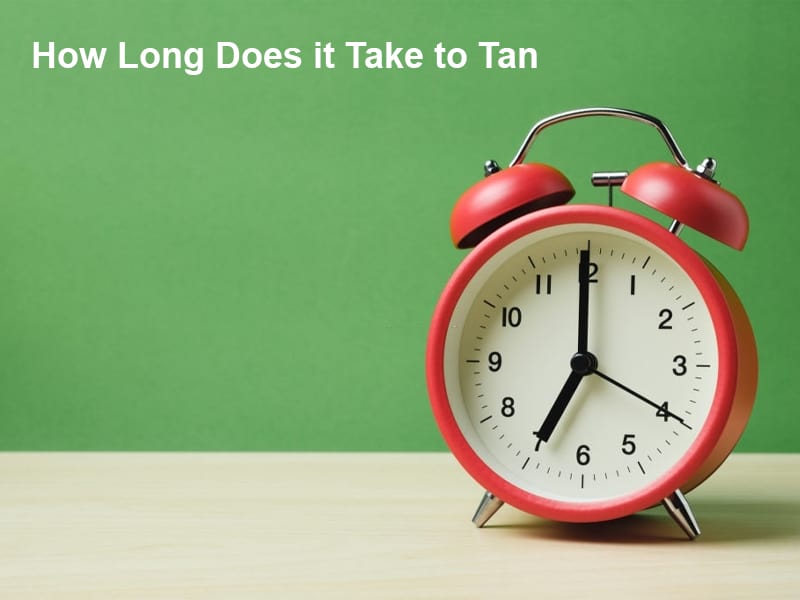Exact Answer: About 20 to 30 minutes
Injuries are an unavoidable part of life. It is said with much relish and fondness that a person who does not have any old scars on their elbows and knees did not have a good childhood. Childhood may have been a time of wondrous immunity, but dealing with injuries as an adult can be much harder.
This is mainly because it requires proper rest and care which rarely any high functioning adult has time to spare for. The most common injuries which can take quite some time to heal are the sprains and inflammation injuries that happen to the bones and muscles because of strain.

How Long After Icing Can You Apply Heat?
Muscle and bone injuries require a different kind of approach in their treatment and care. They may take a longer time to heal and may require more care and attention than cuts and such but they can more than not be treated at home. The best way to treat these injuries when they are minor and not very serious is through treating pain with heat and cold.
The trick is to know which of the injuries should be treated with, which should be treated with ice and which ones should be alternated with both to get the best results. In a very concise manner, it can be recorded as for acute pains, swelling, and inflammations ice should be used, while for muscle stiffness and pain heat should be used.
Now in the case where heat and icing should be alternated, it is essential to know how to alternate the two treatments. It is best to use cold therapy for no more than 15 minutes and the ice should never be directly applied to the skin. Consequently, one should wait for about 20 to 30 minutes before applying heat in case of an alternate heat and icing treatment to an injury.

For different methods of icing, the timing of the sessions is different.
Ice massage
Rub ice over the affected area for 8 to 10 minutes.
Ice pack
Place ice on the affected area in a towel and hold it in place for 20 minutes.
| Type of ice treatment | Duration |
| Ice massage | 8 to 10 minutes |
| Ice pack | 20 minutes |
Why Should You Wait That Long to Apply Heat After Icing?
Using heat and ice is a good remedy but it is essential to be careful in using that. Prolonged exposure to ice can cause damage to the skin and the body. It can even result in frostbite which is very harmful. It is important to allow the body to adjust to the shift of temperature and stimuli before plunging it into a new form of treatment.
Icing and heating are only part of the treatment and in case there is anything out of the ordinary after these treatments doctor should be consulted immediately. Some injuries are specific to icing or heat treatment. In case of inflammation, ice should be applied as soon as possible so that the worst of the injury can be stopped.
Icing an injury should not be extended more than 20 minutes because it can lead to irritation of the skin and in some severe cases even frostbite. It is advisable to continue to ice the injury for the next 24 to 48 hours but in case of any unsure situation, a doctor must be contacted immediately. If the symptoms persist or even increase after icing and heat application then medical help must be immediately sought as well.

Heat and cold therapy are sometimes complementary. They perform the opposite function of each other and provide a good effect. Cold therapy constricts the blood vessels while heat therapy allows them to expand and the muscles to relax. Hence using them alternatively can be good but only after taking all the necessary precautions.
Conclusion
To treat injuries many remedies and easy treatments are available. Heat and cold therapy are one of them. It can be used on minor injuries of muscle sprain or inflammation. Heat therapy stimulates circulation and causes a soothing effect. Meanwhile, icing causes the inflammation to decrease and the pain and overall injury to reduce. It should not be used for more than 20 minutes and there should be a gap of 20 to 30 minutes between the two treatments. It should be continued for up to 24 to 48 hours and in case of an emergency or unusual circumstance.





















The article gives clear instructions on how to apply ice and heat to different types of injuries.
Yes, the specifics about icing times and duration of heat application are very useful.
I didn’t know that heat and cold therapy have opposite functions, it’s intriguing.
Absolutely, understanding their opposite functions makes their complementary use clearer.
Yes, the article effectively explains the contrasting effects of heat and cold treatments.
This is a very informative article on treating injuries with heat and cold therapy.
I agree, it’s important to know how to treat minor injuries at home.
I never knew about waiting 20-30 minutes before applying heat after icing, this is good to know.
Absolutely, the details about the timing are very helpful.
Yes, it’s crucial to follow the proper timing to avoid causing any harm to the body.
The explanation of how heat and cold therapy work in conjunction is insightful.
It’s fascinating how complementary heat and cold therapy can be.
Agreed, understanding the functions of the therapies makes the treatments more effective.
This article serves as a good reminder to be cautious and seek medical help if needed when dealing with injuries.
Indeed, safety and professional advice should never be overlooked.
I appreciate the emphasis on consulting a doctor if there are any unusual symptoms after using heat and cold therapy.
Definitely, safety should always be a priority when dealing with injuries.
The conclusion sums up the key points effectively, especially the significance of the proper duration for heat and cold therapy.
Absolutely, the conclusion reinforces the importance of following the recommended timing.
The specific duration for ice massage and ice pack treatments is very helpful.
Definitely, it’s great to have those details clearly outlined.
Yes, knowing the exact timing can make a difference in the treatment’s effectiveness.
This article is a great resource for understanding the benefits and proper application of heat and cold therapy for injuries.
Definitely, it’s valuable information for managing injuries at home.
Agreed, knowing how to use these therapies correctly can make a significant difference in recovery.